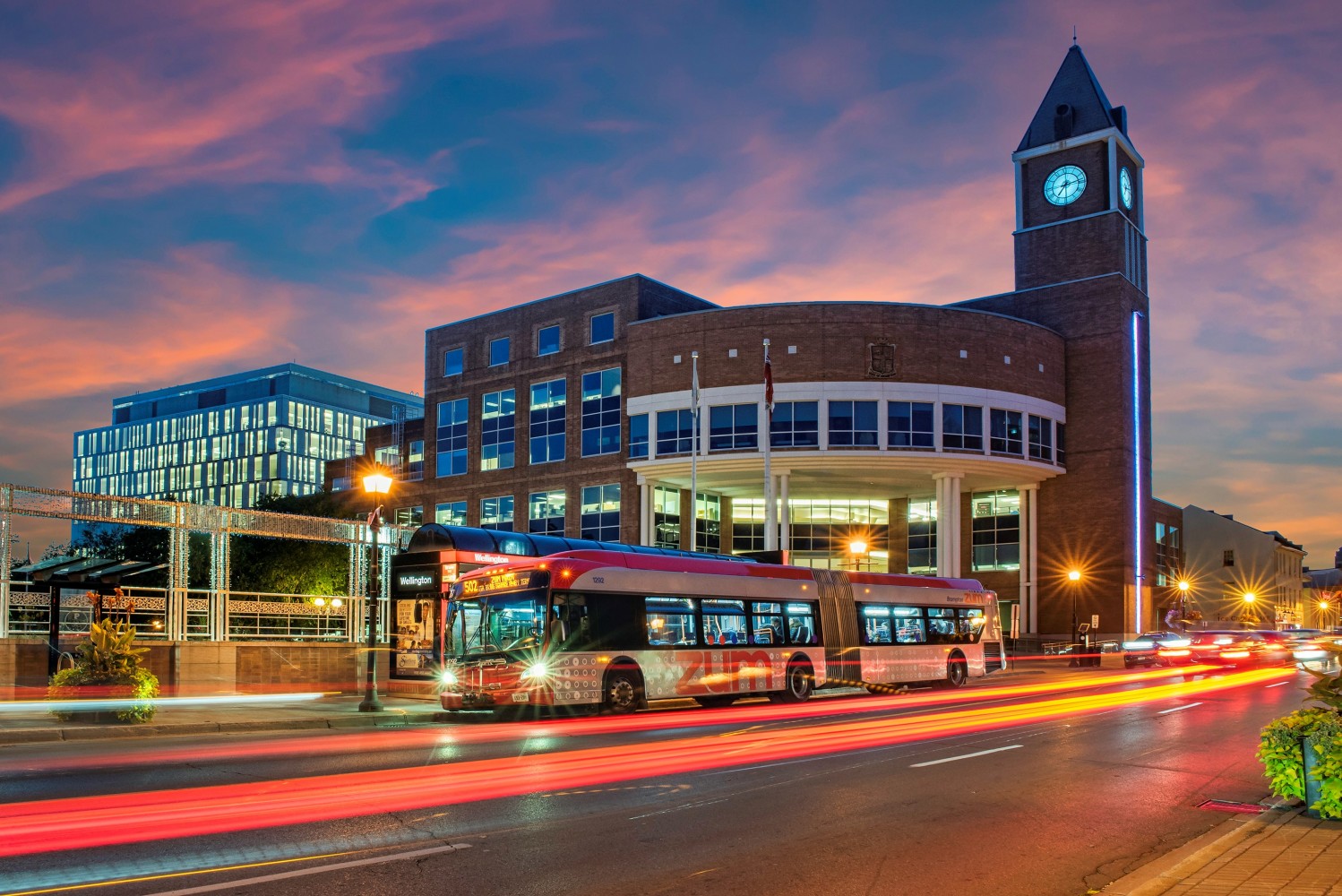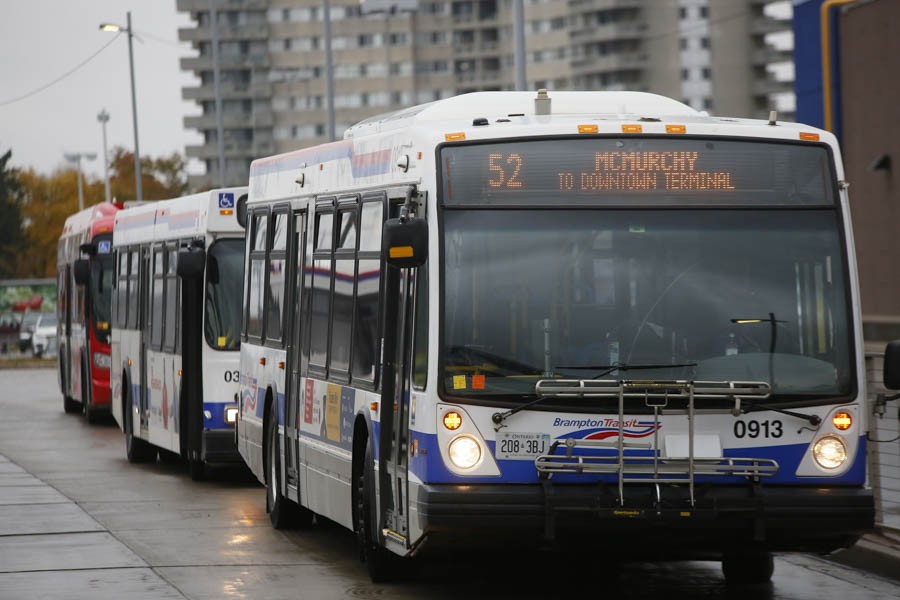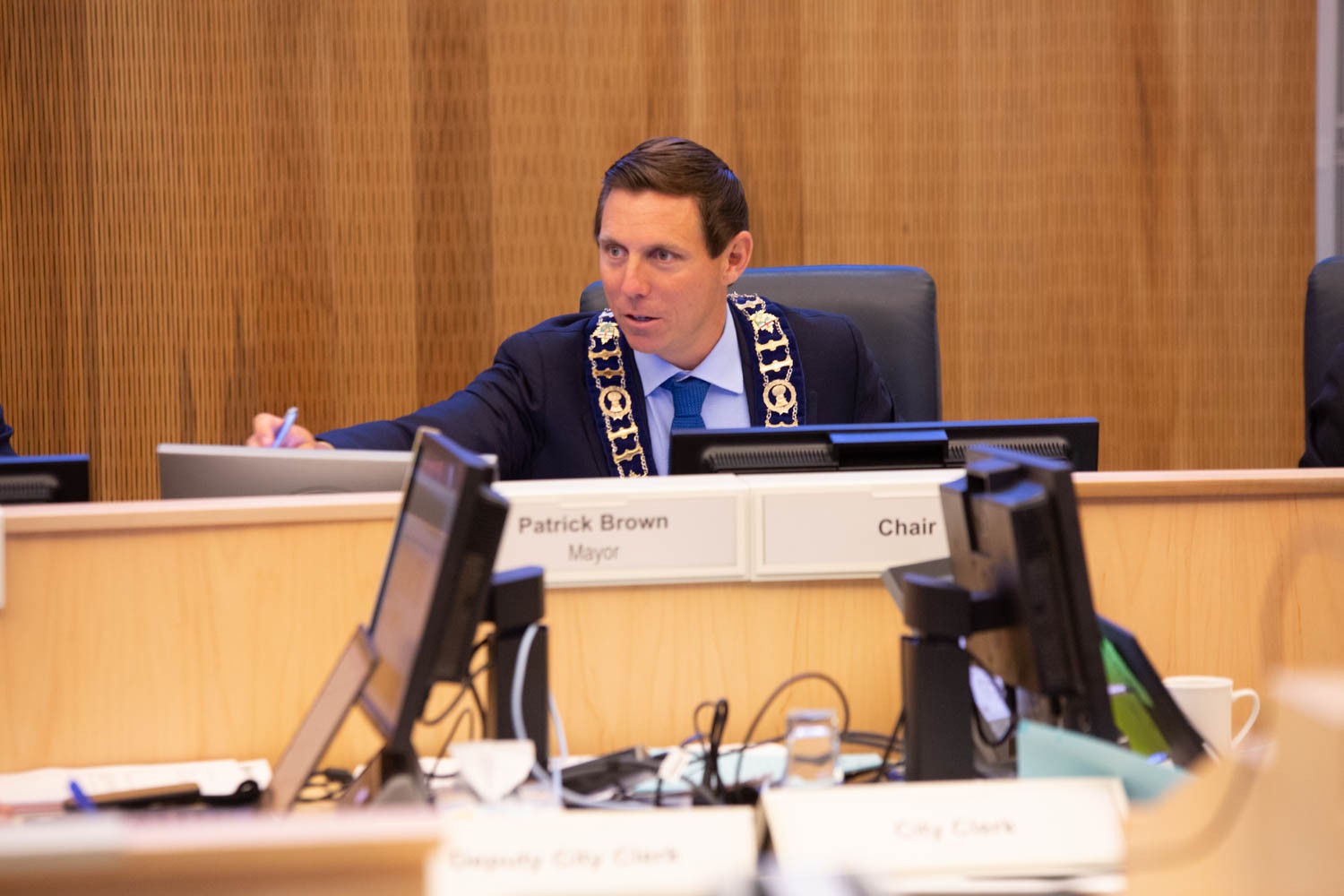
Brampton eyes new federal financing model to secure much needed funds for transit
For many Brampton residents, transit is the only way to get around.
A quarter of respondents to a 2019 Brampton Transit survey said they only use public transit because they have no other option. Another quarter of the respondents stated if they aren’t using Brampton Transit, they’re a passenger in someone else’s vehicle.
Brampton has big plans for the future, many of which are detailed in City documents describing a bustling municipality with more jobs, greener landscapes and a vibrant downtown core. To achieve this vision, and to accommodate a steady increase in population, services are needed to support the growth.
While Brampontians take advantage of other forms of transportation, a quarter of those who take Brampton Transit have no other options.
There is no shortage of transit plans either. The ongoing problem staff are facing, as they have with many other projects, is a lack of funding. A longstanding item on this list is the City’s third transit maintenance and storage facility, a project the municipality has been trying to get funded for the past year.
Brampton’s 2021 budget celebrated an investment of $175 million towards the facility, as outlined in a December press release. Like other big ticket items included the budget, the City failed to mention it doesn’t actually have the funding, and provided no indication where it would come from.
The process to secure funding for this specific project was outlined in a report presented to City Council in February. It stated the application for the $175 million construction cost was filed through the public transit stream of the Investing in Canada Infrastructure Program (ICIP). The document was submitted in fall 2019, a City spokesperson confirmed to The Pointer, and it has not been approved at this time.
Construction of the facility has been broken down into two phases. The initial $175 million will pay for the first phase of construction and will house 250 buses once completed. At a council workshop earlier this month, staff said they’re hopeful funding will come soon, a statement they’ve been repeating for much of the last year. They still expect the construction of the facility to conclude by 2024. No concrete alternative plans or dates have been presented if the funding isn’t approved.
The second phase will require additional funding, a cost staff have yet to share publicly, and will create storage space for 188 additional buses. The additional storage space in both phases is desperately needed. City staff have explained that Brampton Transit is quickly reaching capacity to store and maintain its fleet within its current space.

Brampton Transit is quickly running out of space to store and maintain its bus fleet.
In order for the second phase of the transit facility to be completed a portion of Rainbow Creek will need to be realigned. At this month’s Transit Advisory Committee, Doug Rieger, director of transit development, said the realignment is included as part of redevelopment plans for that part of the city and will likely move ahead, but staff hinted the project expansion could be delayed if the creek isn’t realigned on schedule.
“The realignment of the creek will have to happen prior to the development occurring. So whenever that happens, that work would be done… as we get closer to that we'll be advancing the plans for that extension of the facility and are fairly confident that can be done succinctly,” Rieger said.
The City's proposed location for the new transit storage facility. Rainbow Creek, which runs through the property, will need to be realigned to allow the development to proceed.
Brampton can’t submit any more funding requests through the public transit stream of ICIP because previous submissions have maxed out the City’s funding allotment. In total, the submitted projects equal $479 million.
A City spokesperson told The Pointer all of the applications under the ICIP were made in fall 2019. This includes funding for growth buses, replacement buses, and a transit hub, among other requests. Funding for a number of these projects has already been approved.
In addition to construction costs, for more than a year the City has been left without a means to fund the approximate $150 million price tag to electrify this facility, which will pay for charging equipment and onsite energy storage.
This price tag will likely rise further as this cost doesn’t include the higher purchase price of electric buses, compared to diesel buses, or charging equipment needed when a bus leaves the facility.
After months of back and forth with no answers, a funding option has emerged through the federal government’s $10 billion Canada Infrastructure Bank’s (CIB) Growth Plan.
The funds will pay for five initiatives, including $1.5 billion to adopt electric buses. The purpose is to “expand and accelerate the adoption of zero emission buses which will modernize bus fleets, reduce greenhouse gases and reduce operating costs over the long term,” the plan outlines.
The program will specifically target investments for zero emission buses to achieve the federal government’s commitment to help municipalities purchase 5,000 zero-emission school and transit buses between 2020 and 2024. Money from the program can also go towards infrastructure requirements to house the buses.
Unlike past funding Brampton has received, money from the CIB will not be given as grants, but as loans, meaning the City will eventually have to find the funds to pay the feds back. At this time, the federal government has not released details about repayment terms, the staff report notes, but states the financing model is negotiable.
“In terms of electrifying our fleet we feel that there's a creative solution that can be had. It’s a risk-share model between the organizations,” Alex Milojevic, the general manager of Brampton Transit, said during the February 17 City Council meeting.
Council approved staff's request to enter a memorandum of understanding (MOU) with the CIB to discuss the details of a possible agreement. At the council workshop, Milojevic alluded a contract could come together this year. “There are opportunities right now that will be coming out.”
Financing projects through debt is not a new concept for the City. The 2021 budget outlines five projects in 2020 the municipality funded through $280.2 million in external debt. The only project listed to be funded through this means in 2021 is the construction of the third maintenance facility.
Brampton tried to get the $150 million price tag funded over the summer by sending a request directly to the federal government. A motion, presented in June by Mayor Patrick Brown, said Ottawa’s help is needed in order to make this project happen. In response, the federal government pointed out the City was not following the proper procedure, noting the project first had to be prioritized by the provincial government before funding could be approved.

Mayor Patrick Brown has aggressively pushed for consecutive tax freezes in the City of Brampton, a fiscal decision that makes funding future projects difficult.
A second project the City hopes to fund through the CIB is the second phase of its electric bus trial, estimated to cost $32 million. The staff report outlines the CIB could assist this program in paying for the difference of the higher cost associated with an electric bus compared to diesel. This funding would again not be provided as a grant, but a loan, meaning the City would eventually need to find the money to pay for it.
While council has approved the second phase trial, like many other transit related projects, the program’s success is subjected to external funding from higher levels of government. A City spokesperson told The Pointer funding options besides the CIB are also being explored.
The first phase of the long awaited project, originally planned to begin in late 2020 or early 2021, is now slated for spring. An update on the City’s website states electric buses started arriving in Brampton on January 28.
At the council workshop, Ivana Tomas, director of transit services, said staff will be discussing covering the cost differences between a diesel bus and electric bus, which costs twice as much, under the CIB. Hydrogen buses, another option being explored, costs three times as much as a diesel bus, according to the presentation. Tomas boasted about the new funding option, saying electrifying the fleet is a project that will pay for itself.
“When looking at the loan repayment, we'll be looking at all the savings, the operational and maintenance savings that we'll be realizing as part of operating electric buses, using that money to repay the loan,” Tomas said.
Email: [email protected]
Twitter: @nida_zafar
Tel: 416-890-7643
COVID-19 is impacting all Canadians. At a time when vital public information is needed by everyone, The Pointer has taken down our paywall on all stories relating to the pandemic and those of public interest to ensure every resident of Brampton and Mississauga has access to the facts. For those who are able, we encourage you to consider a subscription. This will help us report on important public interest issues the community needs to know about now more than ever. You can register for a 30-day free trial HERE. Thereafter, The Pointer will charge $10 a month and you can cancel any time right on the website. Thank you.
Submit a correction about this story


